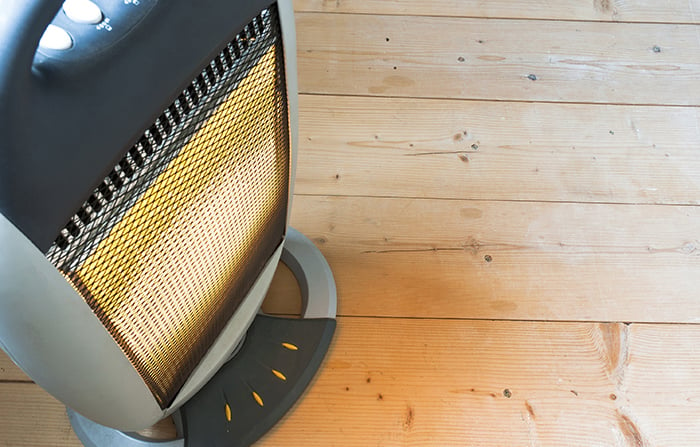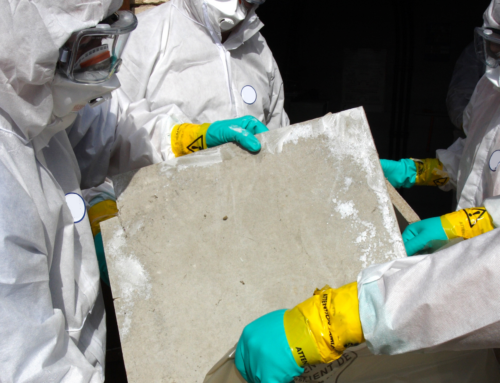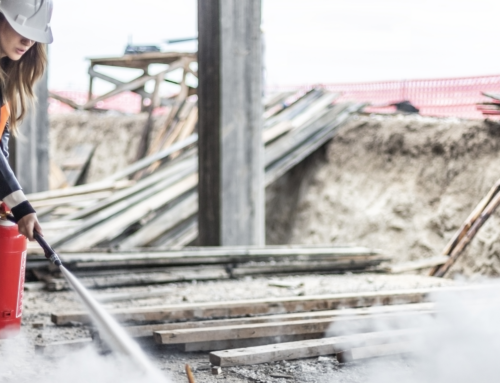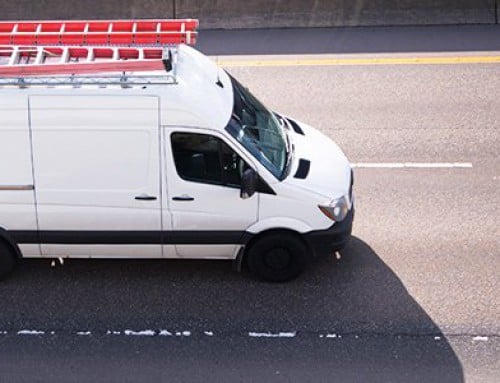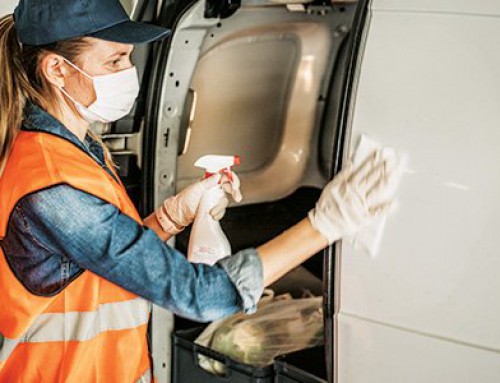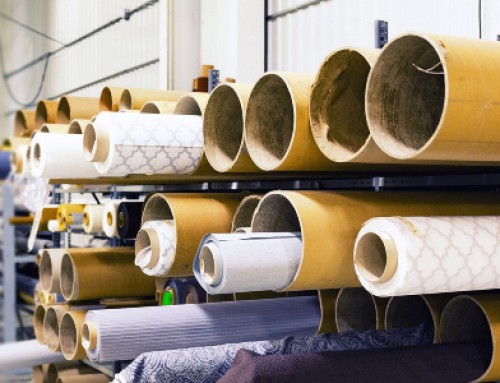Improperly installed temporary heaters are often the cause of major fire losses on construction projects.
In construction, temporary heaters are commonly used for specific heating tasks such as ground thawing, concrete curing, or general drying purposes. Heaters, such as salamander or radiant type, are common on construction sites. They are typically un-vented and self-contained portable units. These heaters can be either LPG propane/natural gas or liquid fuel units. The heat radiating from these units is extremely intense and commonly requires eight feet clearance.
The most common reason for fires from temporary heating is the lack of proper clearance when the unit is installed.
Guidelines for using temporary heating
- Only units “listed” or “approved” by a recognized testing organization such as UL/ULC or CSA should be used on the job site
- Temporary heaters should be used for their intended purpose only. They should be installed and operated according to manufacturers’ instructions
- Check with your insurance company to ensure that the types you are planning to use are not prohibited under policy coverage
- A written operating procedure should be established based on the manufacturers’ instructions. This will ensure safe installation and operation of the unit
- Each heater has a data plate indicating the necessary clearances to combustibles, ventilation requirements and fuel type, etc. You must adhere to these specifications
- Multi-purpose fire extinguishers with a minimum of a 3A 10BC rating should be provided where temporary heaters are used
Alternative solutions to temporary heating
- Placing a heater outside and away from the building. For hot air units, ductwork will be required to bring the heat into the building
- Heating units that pipe hot water into a building and distribute the heat through various methods are another safe alternative to an open flame heater. The heater should be located in a safe location outside the building
- If possible, the building’s permanent heat source is the preferred method of heat
- Using alternative solutions to temporary heating will significantly reduce your risk of fire
With the winter season upon us, review and understand your temporary heating devices before it’s too late. Consider also putting a loss prevention plan in place to protect your business from any fire-related losses.
